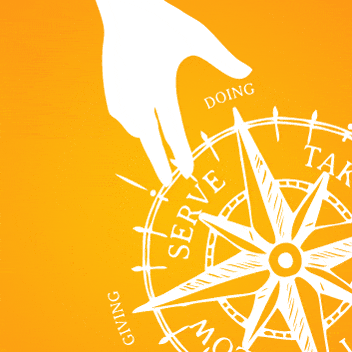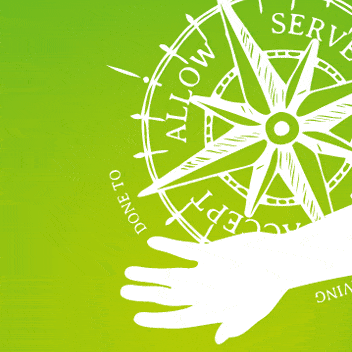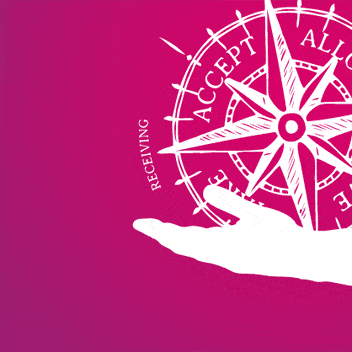
About touch
Why touch is so important
Touch is the central interface between our bodies and the outside world. The first of our senses to develop in utero, we begin to feel things just weeks after conception, and this sense never turns off or takes a break – often continuing to allow us to experience the world even after other senses fail in old age.
Recent research has revealed that people can not only identify, with startling accuracy, emotions – such as anger, love, gratitude, and compassion – from a single touch by a stranger they cannot see, but they can differentiate between different kinds, something we don’t do as successfully in studies of facial and vocal communication.
The science is indisputable and shows not only that our skin is literally designed to be touched, but also that touch is a vital part of staying healthy, influencing us in a myriad of ways – in fact lack of touch produces the stress hormone cortisol, associated with higher blood pressure, anxiety and poor sleep.
Learning through touch
Our primary neural pathway for processing information is sensory. So learning through the body – by using touch as the learning container – is an ideal way to learn about ourselves in a way that really sinks in. As valuable as theory can be there’s really no substitute for physical experience.
Learning using the Wheel Of Consent is not about giving pleasure. It’s about learning to wake up the nerve endings, and about who’s doing the doing and who it’s for.
Teaching through touch
Although teaching the Wheel Of Consent uses one of the body’s primary learning routes of safe, intelligent touch as a learning container, the focus of this work is not on the touch itself. Instead it’s a powerful inquiry into knowing what it is you want and how to communicate it – where the choice NOT to engage with touch is just as welcome.
Take a look at some of the ways I can help you build a better relationship with touch
The quadrants
Each quadrant in the Wheel Of Consent creates a different experience and teaches you something different about yourself. Learn more about each one:
Enjoyed reading this?
If you've found this page helpful you can get more tips and resources for better relating straight to your inbox. Sign up here and get my free How To Be Heard guide to start you off:
Explore more:
A simple approach to consent and boundaries
If you feel overwhelmed by the idea of consent and boundaries here are some simple things to focus on which will make it easier to understand.
Read MoreWhy are we so scared of talking in the bedroom?
Talking in the bedroom is often viewed as ‘dirty’ or avoided completely. Find out why it’s time to change that narrative.
Read MoreGiving and receiving explained – 6 key ways to tell the difference
If you think giving and receiving don’t need to be explained you might be surprised by this handy guide that breaks down the differences
Read MoreEvents & courses
Learn To Touch – Supported Self Study Course
Online. Discover a whole new approach to touch that will change how you feel – literally! A short, affordable, practical guide you can learn in less than an hour a day.
Read More







